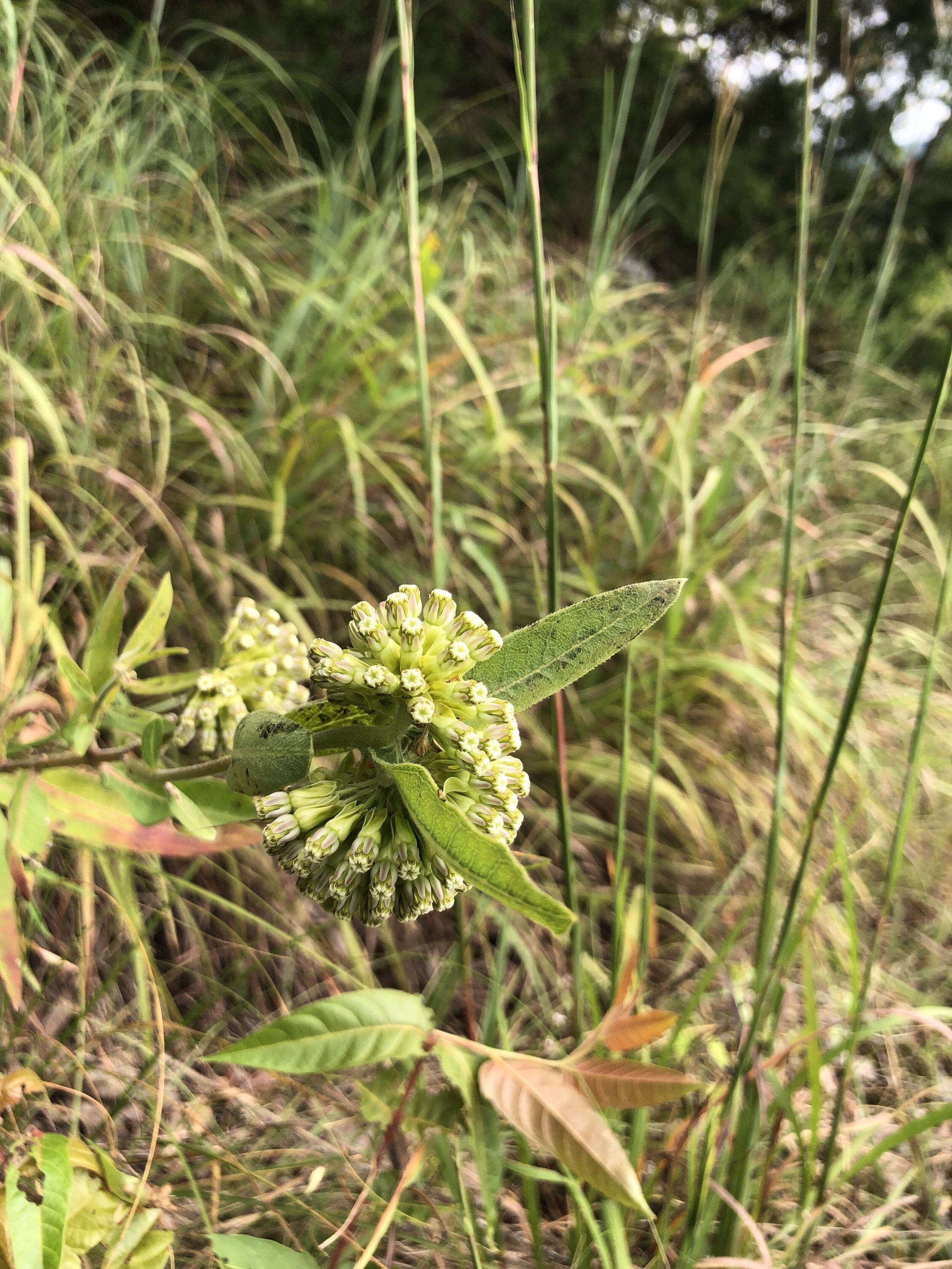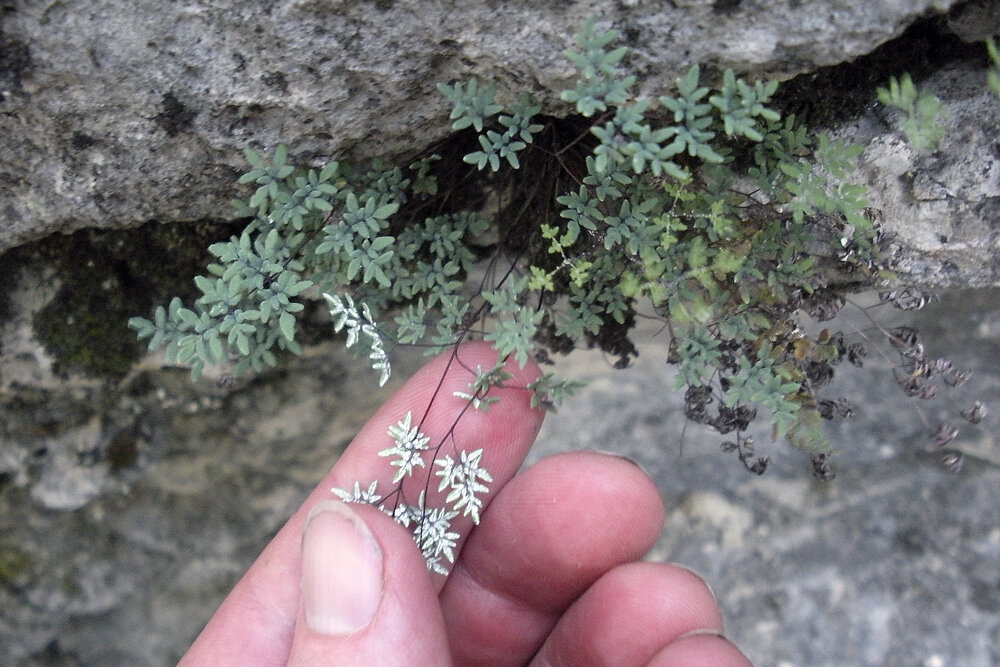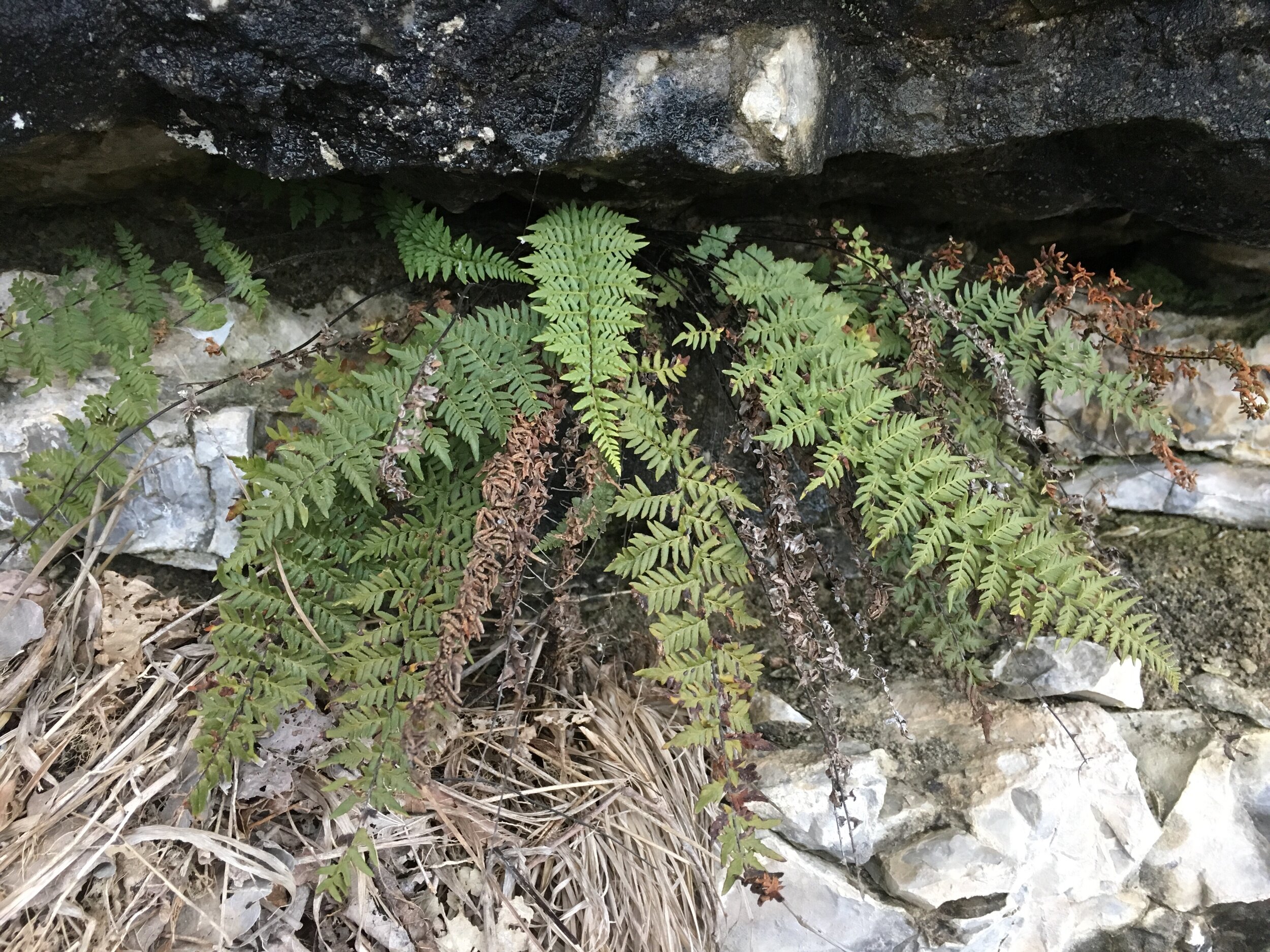The Parks Preserve Ecological Diversity
Steve and Lacey Parks’ gorgeous, one-hundred acre farm along the Muddy Fork of the Illinois River is a picture of ecological diversity in the Arkansas Ozarks. On a relatively small footprint, their property contains almost 3,000 feet of streambank, productive bottomland pastures, springs and seeps, an historic canebrake, mature hardwood forests, wetlands, bluffs, rocky outcrops, and a rare glade remnant. The Parks reached out to IRWP because they wanted to expand their grazing operation while protecting and restoring the unique natural communities on their farm. IRWP partnered with NRCS to help produce a rotational grazing plan for Steve and Lacey. Botanists at @Arkansas Natural Heritage Commission performed a botanical survey of their property and identified populations of several rare species, known only to a handful of sites statewide, including Powdery Cloak Fern (Argyrochosma dealbata), Carex aggregata, and Carex conjuncta.
IRWP’s Riparian Restoration Program funding provided 75% cost share to protect their canebrake and riparian forest with hi-tensile electric fence. Our program also expanded opportunities for their growing rotational grazing operation with thousands of feet of cross-fence. By the time the project is finished, IRWP funding will help the Parks install off-stream watering facilities for their livestock, control invasive Ailanthus trees on their property, and stabilize an eroding section of streambank with stone harvested on-site.
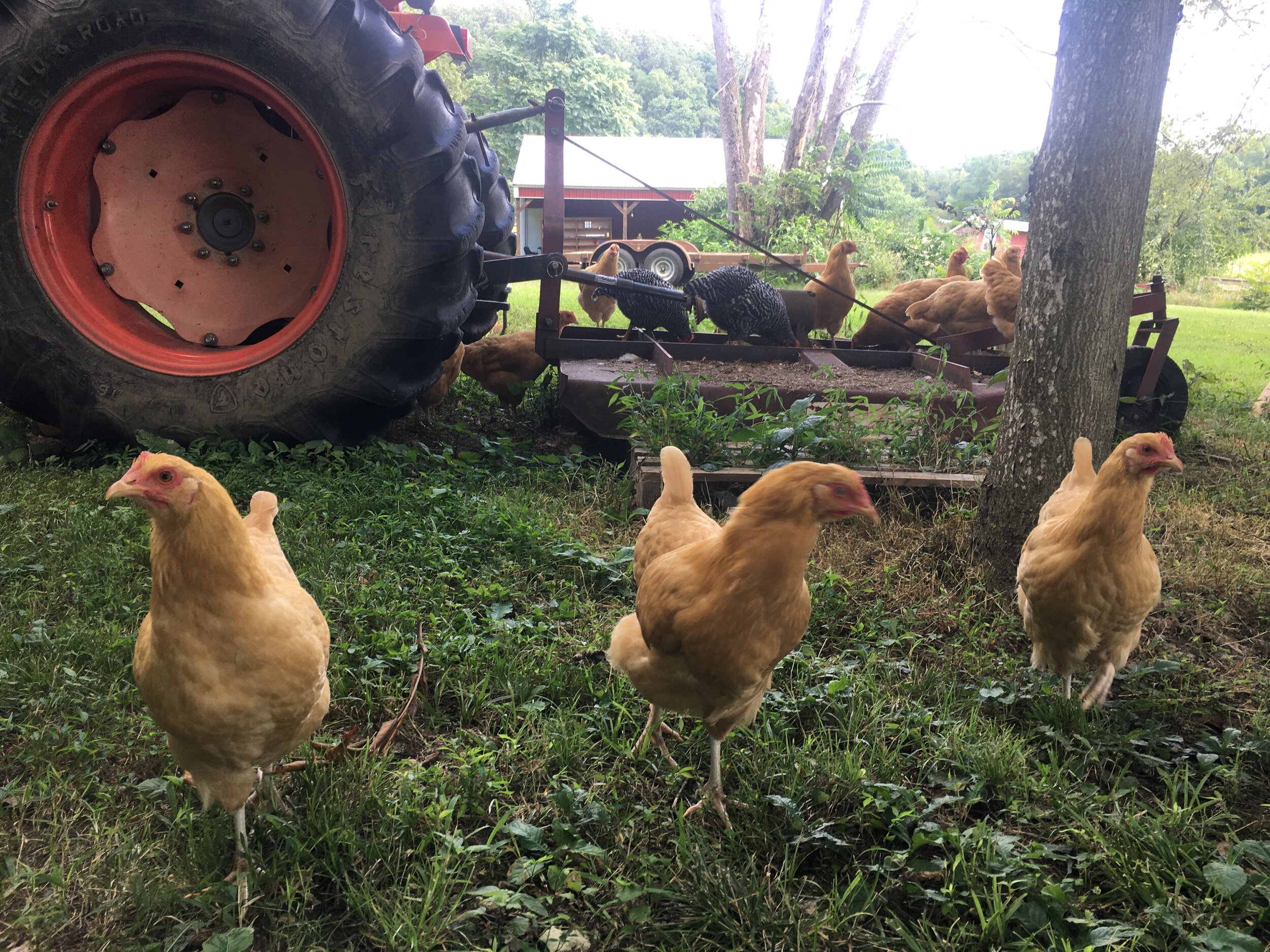
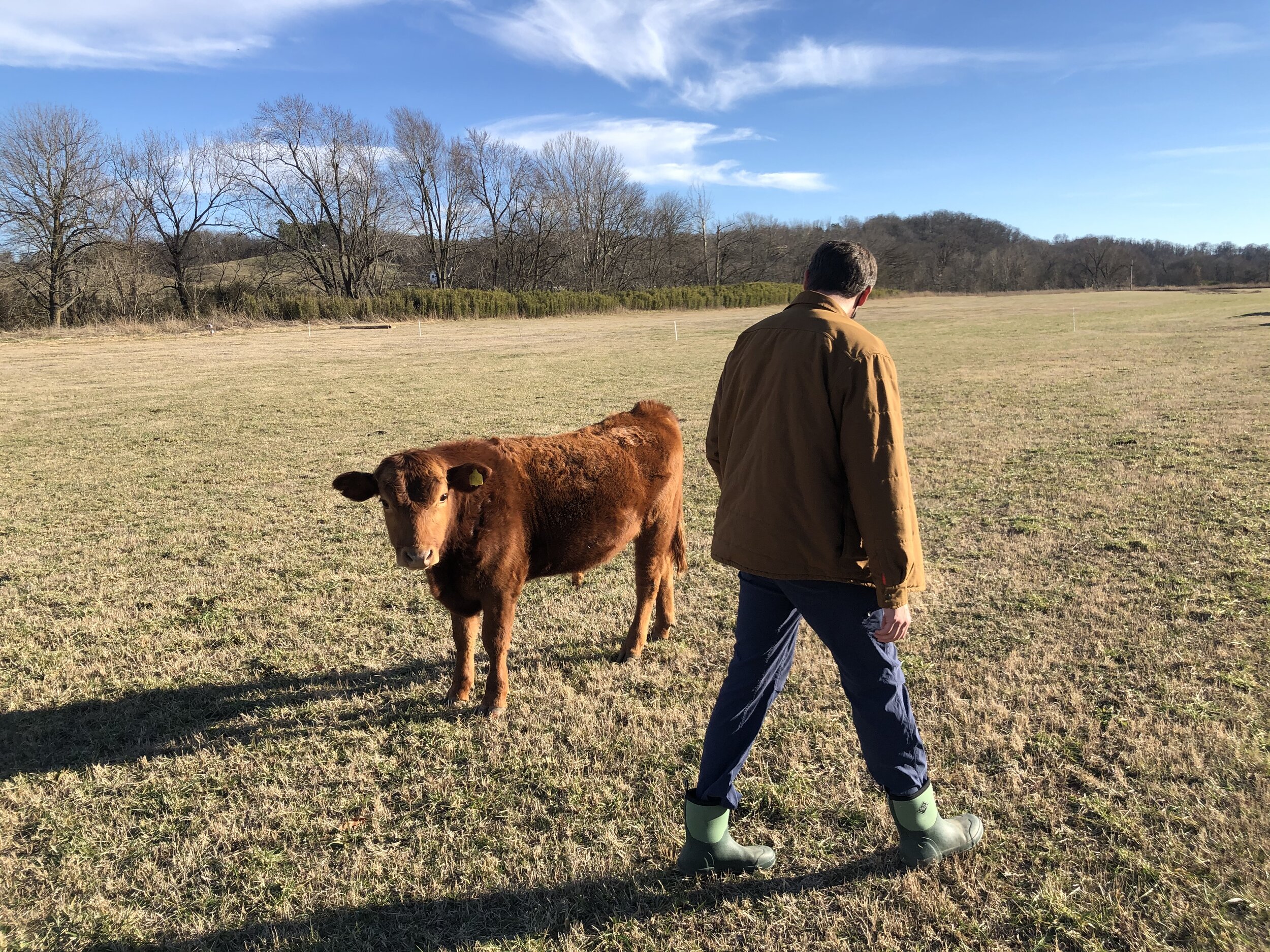
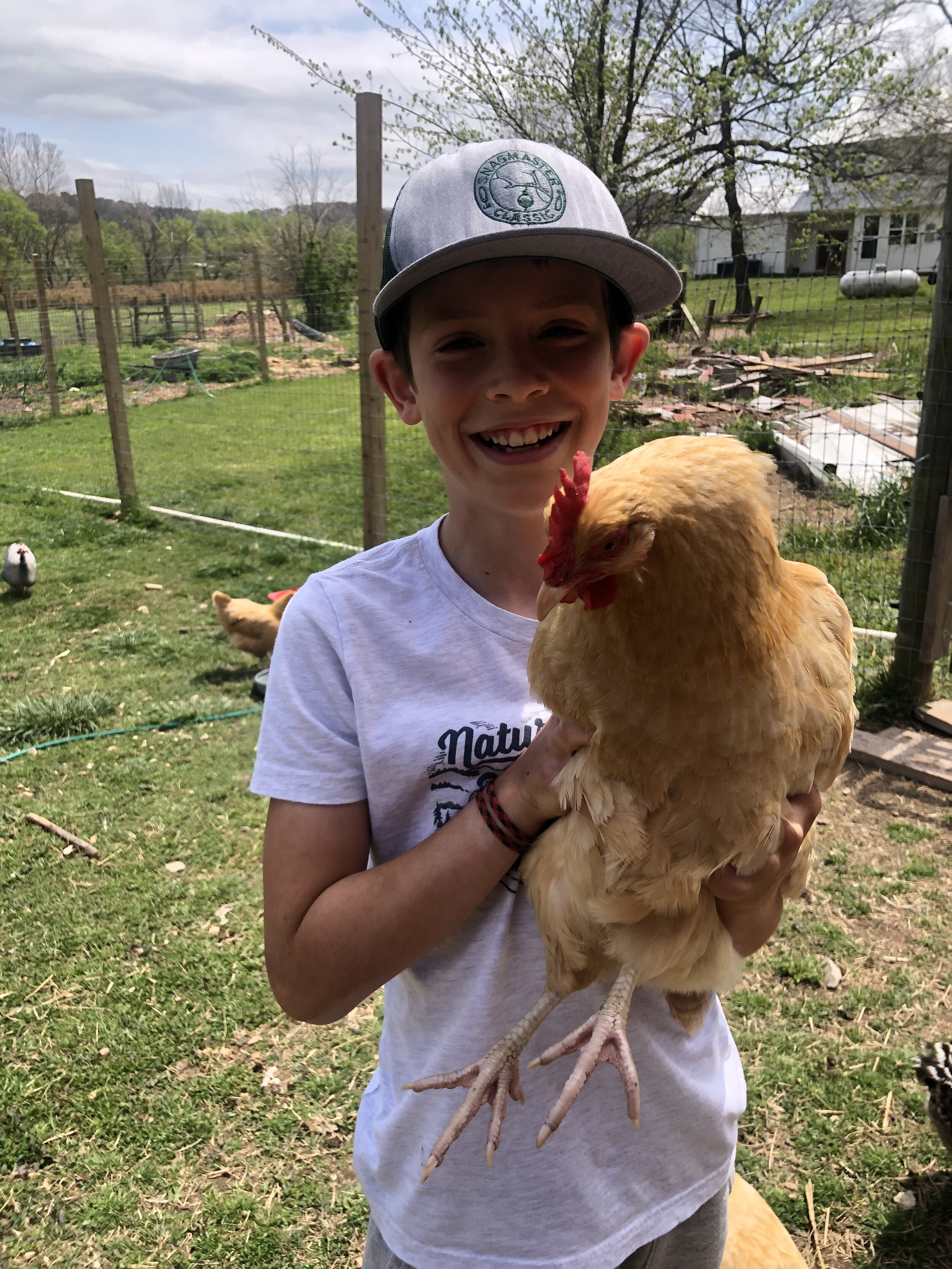

Another great example of conservation partnerships at work for the good of the land, and the people, animals, plants, and insects who depend on it.

